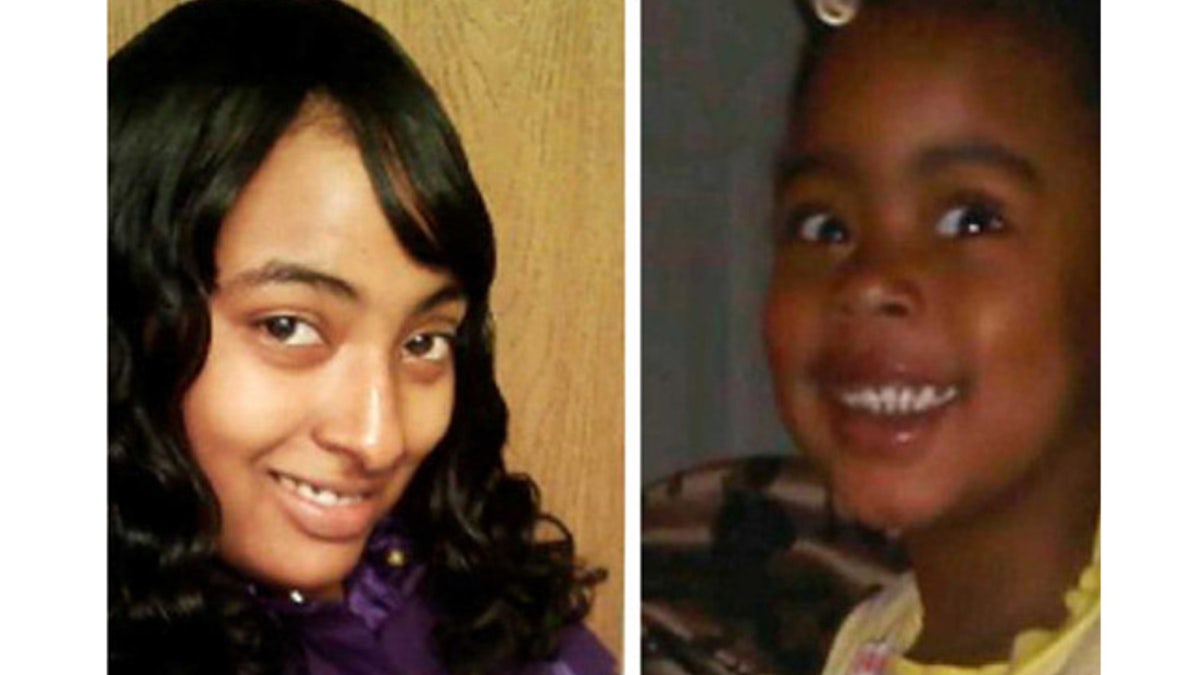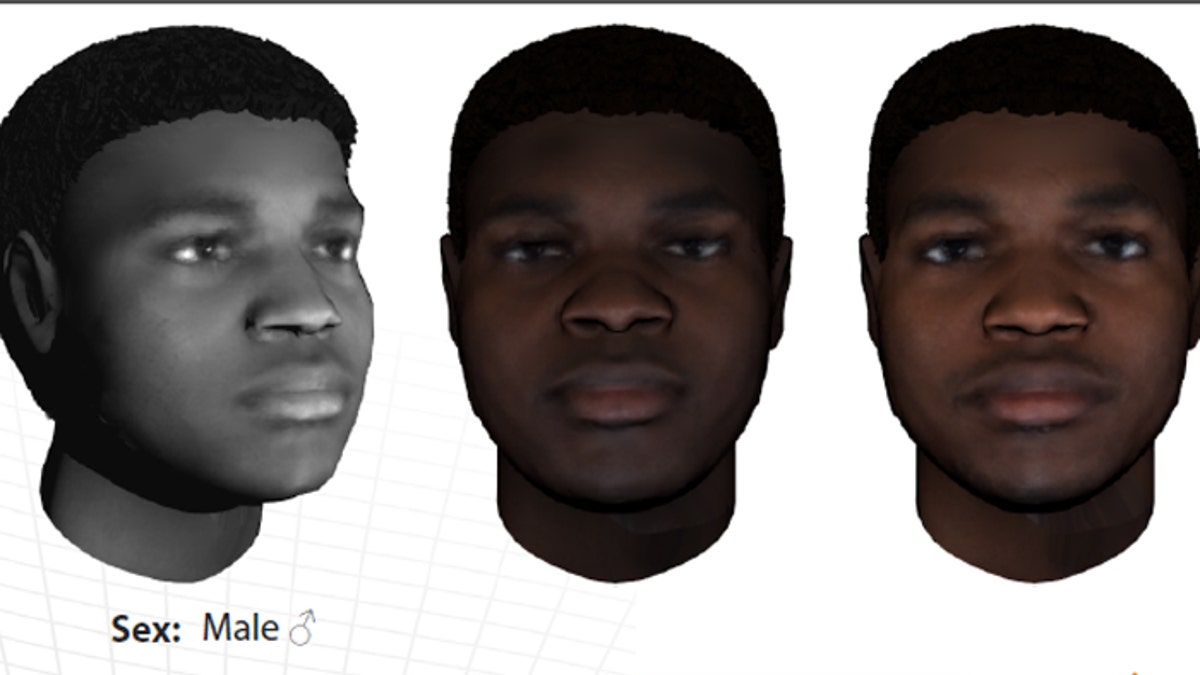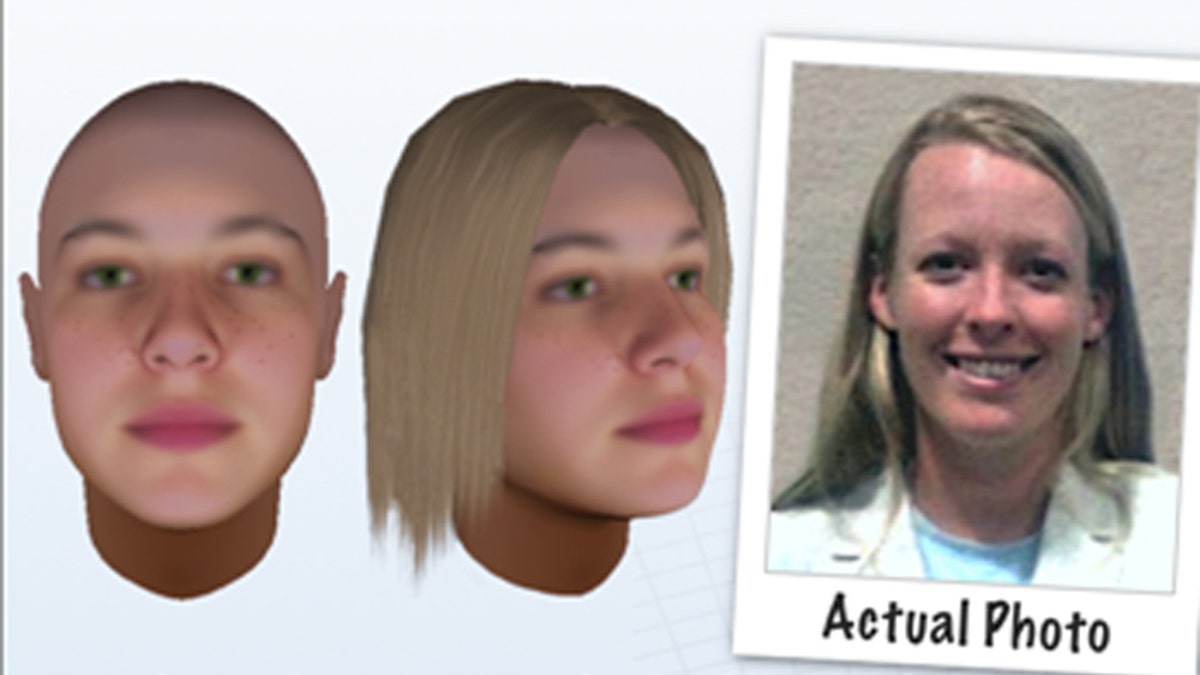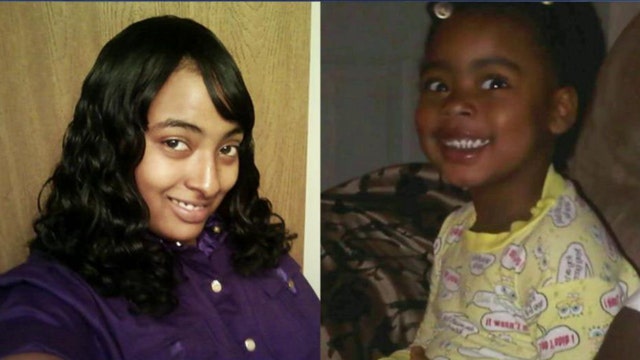New DNA technique may reveal face of killer in unsolved case
DNA samples left at scene of 2011 double-murder used to predict suspect's appearance
There were no witnesses to the gruesome murder of a South Carolina mother and her 3-year-old daughter inside a busy apartment complex four years ago. But a new technology that can create an image of someone using DNA samples left at crime scenes might bring police closer to catching the killer.
Reston, Va.-based Parabon Nanolabs, with funding from the Department of Defense, has debuted a breakthrough type of analysis called DNA phenotyping which the company says can predict a person's physical appearance from the tiniest DNA samples, like a speck of blood or strand of hair.
The DNA phenotyping service, commercially known as "Snapshot," could put a face on millions of unsolved cases, including international ones, and generate investigative leads when the trail has gone cold.
"This is particularly useful when there are no witnesses, no hits in the DNA database and nothing to go on," Dr. Ellen McRae Greytak, Parabon's director of bioinformatics, told FoxNews.com.
"This is particularly useful when there are no witnesses, no hits in the DNA database and nothing to go on."
"Traditional forensic analysis treats DNA as a fingerprint, whereas Snapshot treats it as a blueprint -- a genetic description of a person from which physical appearance can be inferred," Greytak said.
Parabon's new technology reads the parts of the human genome that code for the differences in physical appearance between people. Snapshot is able to predict such critical traits as skin color, hair color, eye color and face shape. It can also predict the individual's ancestry as well as highly-detailed traits, like freckles.
Using sophisticated computer algorithms that have been trained on thousands of reference samples, Snapshot translates this raw genetic code into predictions of physical traits. These are then combined to create a composite profile, or "digital mugshot" of an unknown suspect -- with remarkable accuracy, according to the company.
"Traits are generally predicted with more than 80 percent confidence, and importantly, Snapshot also reports which phenotypes can be excluded with more than 95 percent confidence," said Greytak.
While developing the technology, the company "made thousands of predictions on people who we knew" to ensure accuracy, she said.

The investigator or crime lab sends evidence or extracted DNA to a Snapshot partner lab, where the DNA is run on a genotyping machine to produce the genetic information, according to the company. This genetic information is then securely transferred to Parabon, where an analyst runs it through Snapshot's predictive models to produce a prediction. A report of the results is then delivered to the agency that requested it.
The new DNA analysis, however, is not able to predict age and height -- traits Greytak described as "very complex."
For investigators in Columbia, S.C., a digital mugshot created by the company might provide a break in a 4-year-old double homicide that remains unsolved.
The bodies of 25-year-old Candra Alston and her 3-year-old daughter Malaysia Boykin were found inside their home at the Brook Pines Apartments in Columbia on Jan. 9, 2011. There were no signs of forced entry, leading police to believe Alston and her daughter knew the killer or killers.
Police have not disclosed how the mother and child died, only saying Alston and her daughter were killed by different means. A laptop, Gucci purse and trash can were stolen from the apartment, as well as gifts the 3-year-old had received for Christmas.
The one clue detectives had was an unspecified DNA sample left at the crime scene.
Throughout the course of the investigation, police interviewed close to 200 people, 150 of whom submitted their DNA to authorities. But none of the samples proved to be a match, according to Mark Vinson, a cold case investigator with the Columbia, S.C., Police Department.
The police department then turned to Parabon's DNA phenotyping to create a facial image based on DNA left at the crime scene. Vinson said the computer-generated photo is a "person of interest" in the murders.
"This is DNA from just one person and it’s possible more than one person was involved," Vinson told FoxNews.com. The person of interest is dark-skinned with brown hair and brown eyes. The picture does not indicate an exact age, so the individual could be older than he appears.

"We suspect the child also knew the person who did this, which might explain why she was killed," Vinson noted.
"We're very hopeful this composite could be the thing that prompts someone to come forward," he said.

While several agencies are now using Snapshot to help solve cold cases, including international ones, the Columbia, S.C. Police Department is first in the nation to publicly release a digital image generated by the new DNA analysis.
Anyone with information on the murders of Alston and her daughter is urged to contact CRIMESTOPPERS at 888-CRIME-SC or log onto www.midlandscrimestoppers.com.

